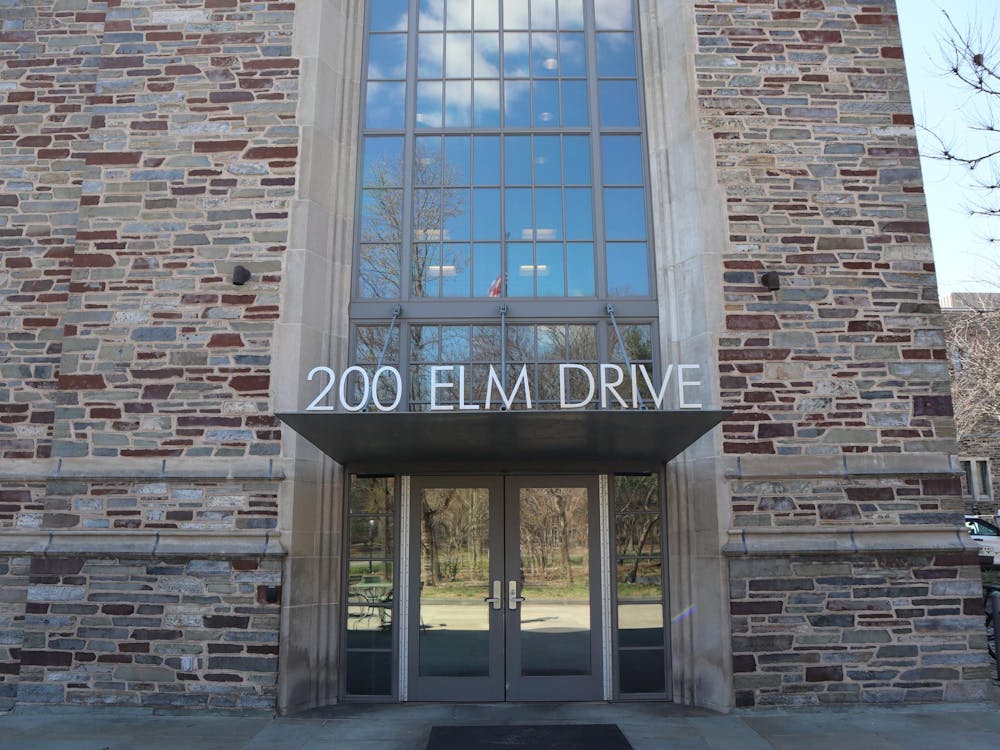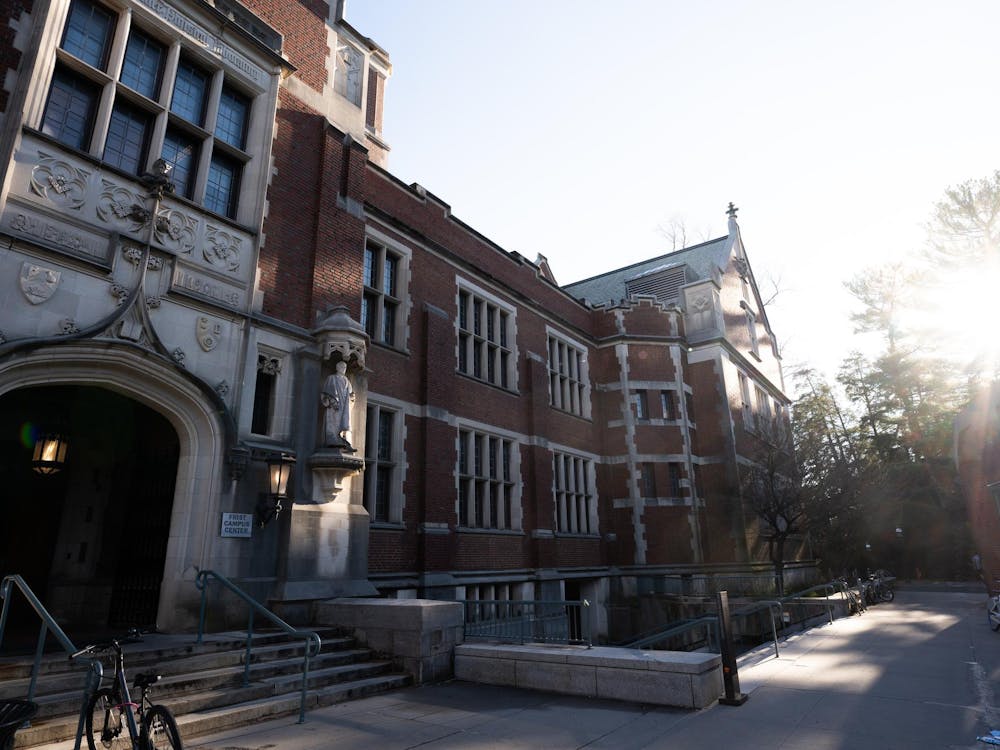Save Princeton, a coalition of nine national advocacy groups, sent a letter to Charles Simonyi, Chairman of the Board of Trustees at the Institute for Advanced Studyimploring for a meeting with IAS to explore alternatives to construction on Maxwell’s Fieldlast Wednesday.
“Our organizations respectfully and formally request that the Institute for Advanced Study cease its development plans and pursue alternate building locations for the faculty housing project slated for Maxwell’s Field,” the letter reads.
According to Jim Campi, communications director for the Civil War Trust, a signatory organization on the letter, the coalition formed this past Friday. Members of the coalition include the American Association for State and Local History, American Revolution Institute of the Society of the Cincinnati and the New Jersey Chapter Sierra Club, he said. The coalition demonstrates that this campaign is a national issue, Campi added.
In the letter addressed to IAS, coalition members noted that “the property has been identified by the National Park Service, countless historians and numerous archaeologists as the site where Washington’s famous counterattack first struck the British lines.”
The coalition is also offering $4.5 million dollars, more than $1 million above the appraised property value, to acquire Maxwell’s Field, according to the letter.
“The more the public learns about the project, the more upset they are about disruption of the battlefield,” Campi noted.
Alexandra Altman, communications associate for the Institute for Advanced Study, said in a statement that the letter “misstates facts [and] implies that the Institute is acting irresponsibly, paying no heed to preservationist concerns.”
According to Altman, IAS has been a long-time supporter of the Battlefield Park.
Over the course of the construction, the Institute listened carefully to public concerns and incorporatedextensive changes to the faculty housing site plans, Altman stated.
Among these changes, IAS took many suggestions from historian David Hackett Fischer, who is quoted in the coalition’s letter, according to Altman. IAS had already moved the project further away from the Park, adjusted the profiles and materials of the housing units and enhanced the landscaped screen between the site and the Park.
The letterfurther notes that IAS faculty housing occupies only 7 acres of the 21-acre field, and that it is committed to preserving the remaining 14 acres adjacent to the Park.
However, according to Campi, it is important to note that the 14 acres the Institute set aside as open space cannot be developed anyway because of government-mandated wetland protection and stream corridor buffer requirements.

According to a FebruaryNew York Timesarticle,several experts noted that the location of the central events of the Battle of Princeton as determined by the coalition is far from universally accepted.
“The letter from the project’s opponents is clearly part of a PR campaign by the Civil War Trust and the Princeton Battlefield Society to repeat misstatements that have been unequivocally rejected by the courts,” Altman added.
She also noted that IAS has received all the necessary regulatory approvals to proceed.
However, Campi noted that it is of trivial matter whether IAS had received approvals from local governments, as the choice ultimately lies with the Institute.
“IAS continues to respond to these concerns by denying the history of the property, arguing it has made modifications to its plan—it has, but all relatively minor,” he noted.
News editor Annie Yang contributed reporting.








